Learn how to grow lettuce from seed, improve germination rates, extend your growing season, and choose the right lettuce varieties for you.
How to Grow Lettuce From Seed
When lettuce is mentioned, many people think of the standard iceberg lettuce found in supermarkets and restaurant salads. But that is changing quickly with the growth in popularity of different types of lettuces, mainly due to the flavors and colors that they offer. When you grow lettuce from seed at home, you can choose from the full spectrum of seed that’s available.
You May Also Enjoy:
“Chard en Garde Manger: The Delicious 3-Season Green for Food Security”
“Mustard Greens: What You Need to Know Before You Grow (With Recipe)”
At farmers markets, health food co-ops, and organic food stores, a big variety of lettuce types have cropped up. Their colors range from deep red to mottled green to almost white. And their flavors vary from noticeably sweet to tangy to slightly bitter.
(Interesting side note: Iceberg lettuce, originally bred as a hybrid, is now offered in open-pollinated varieties and has been around long enough to be considered by some as an “heirloom”!)
Eating With the Seasons
We have come to expect lettuce year-round. We’ve been educated by the supermarkets about what our vegetables should look like, what they should taste like, and when they should be available. And for most of them, we expect them to be available all year.
Many people are surprised to learn that lettuce is a cool-season crop. It will bolt, or go to seed, readily during late spring and early summer months.
Infographic: “Save Our Seeds”
Where I live, it is best to plant lettuce early in the spring and then again in late summer or early fall when the temperatures start to cool off.
Better Lettuce-Seed Germination
Lettuce seeds won’t sprout when soil temperatures are above 80°F. But they will start to germinate as low as 40°F, making them ideal for early- and late-season planting.
When temperatures are too high, a plant hormone is produced that stops the germination process. This is called thermo-inhibition.
This trait is a carryover from wild lettuce that originated in the Mediterranean Middle East, where summers are hot with little moisture. If the lettuce seeds were to sprout under these conditions, they would soon die out and the species would go extinct.
Choose Heat-Resistant Lettuce
Thanks to traditional plant breeding, several varieties of lettuce have been selected for heat-tolerant characteristics. And some of these are open-pollinated, meaning you can save the seeds from year to year.
You May Also Enjoy:
“Heat? Drought? Delicious Oak Leaf Lettuce Thrives Anyway!”
Some examples are Saint Anne’s Slow Bolting, Summertime, Black Seeded Simpson, and Jericho. Just because these are heat-tolerant doesn’t mean they will grow through the summer, though. It only means that they won’t bolt or turn bitter quite as quickly.
Grow Lettuce From Seed: Tips and Tricks
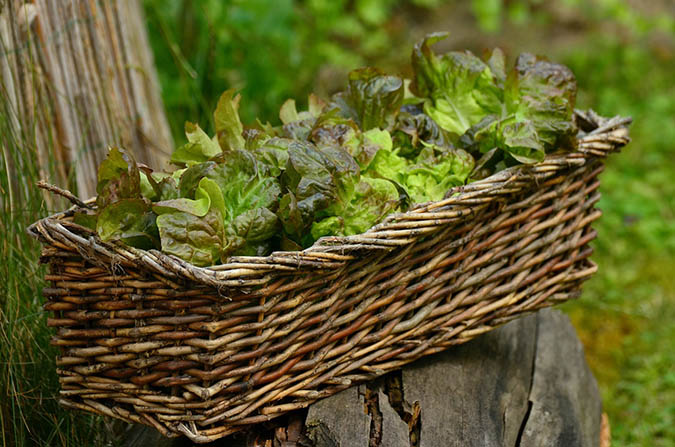
Image by congerdesign from Pixabay
Thanks to ongoing research on lettuce traits, there are some techniques home gardeners can use to extend the sprouting season for lettuce seeds into the warmer months.
The optimum soil temperature for most lettuce seeds is 68°F, with some varieties sprouting in the 40–75°F range. The temperature of the soil must be taken—not just the air temperature, which can be several degrees different.
You May Also Enjoy:
“Growing Arugula: The Rocket in Your Salad Bowl (With Recipe)”
Imbibing or soaking the seeds in cool water for 16–24 hours in a well-lit area before planting will increase the germination percentages greatly.
Red light has been found to be the best color for encouraging germination, but if you don’t have access to a non-heating red light, sunlight or full-spectrum light is almost as good.
In warm conditions, soaking the seeds in the dark can actually decrease their germination rates. And soaking for less than 16 hours has little to no positive effect on germination rates.
Extending the Lettuce Season
Successful methods of extending the season for lettuce in the garden include laying a thick mulch of straw or wood chips on the ground at least 1-1/2 to 2 inches deep. This insulates the soil from becoming too hot and helps to preserve moisture in the soil.
You May Also Enjoy:
“How to Grow 4 Kinds of Salad Cress (and Why You Should!)”
Lightly shading the lettuce plants can provide enough of a temperature drop to keep them from bolting, sometimes buying you 3–5 weeks. Shade can come from a shade cloth or a row cover on a low tunnel, or by companion-planting tall, wide-leafed plants such as some types of pumpkin.
The traditional rule of thumb of “plant early and plant often” can be adjusted for lettuce as “plant late and plant often.” When temperatures start to drop, be ready to start more lettuce seeds for a second harvest in the fall.
What Do You Think?
What are your favorite tricks for growing lettuce, and what are your favorite varieties? Let us know in the comments below!
_____________________
This is an updated version of an article that was originally published on May 22, 2014. The author may not currently be available to respond to comments, however we encourage our Community members to chime in to share their experiences and answer questions!
The Grow Network is a participant in the Amazon Services LLC Associates Program, an affiliate program designed to provide a means for our team to earn fees for recommending our favorite products! We may earn a small commission, at no additional cost to you, should you purchase an item after clicking one of our links. Thanks for supporting TGN!
Marjory Wildcraft is the founder of The Grow Network, which is a community of people focused on modern self-sufficient living. She has been featured by National Geographic as an expert in off-grid living, she hosted the Mother Earth News Online Homesteading Summit, and she is listed in Who’s Who in America for having inspired hundreds of thousands of backyard gardens. Marjory was the focus of an article that won Reuter’s Food Sustainability Media Award, and she recently authored The Grow System: The Essential Guide to Modern Self-Sufficient Living—From Growing Food to Making Medicine.
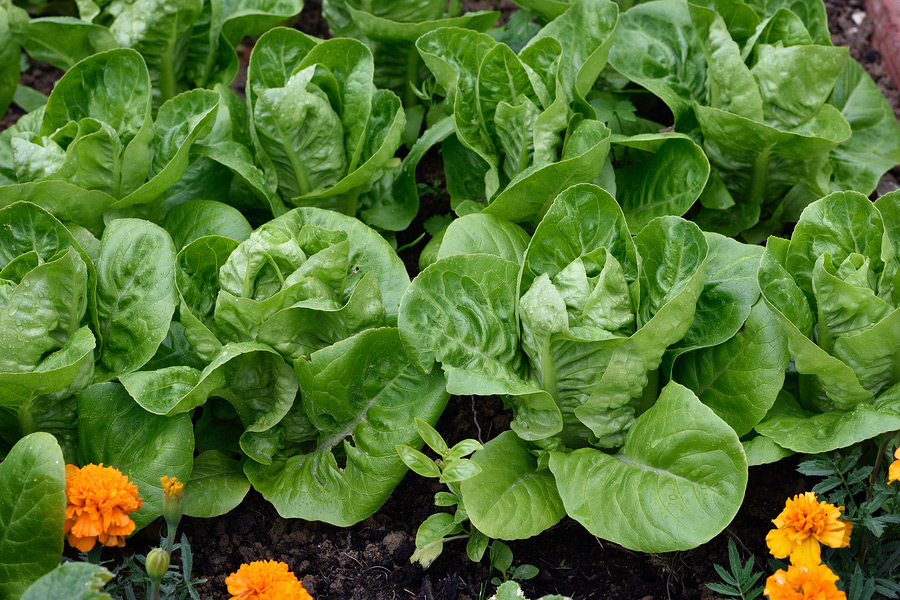
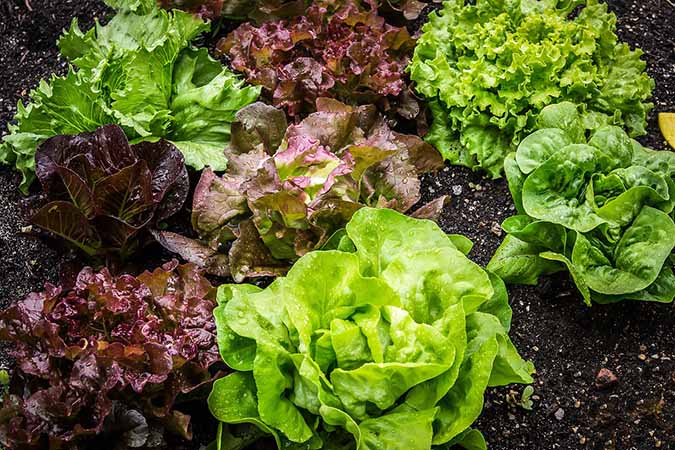
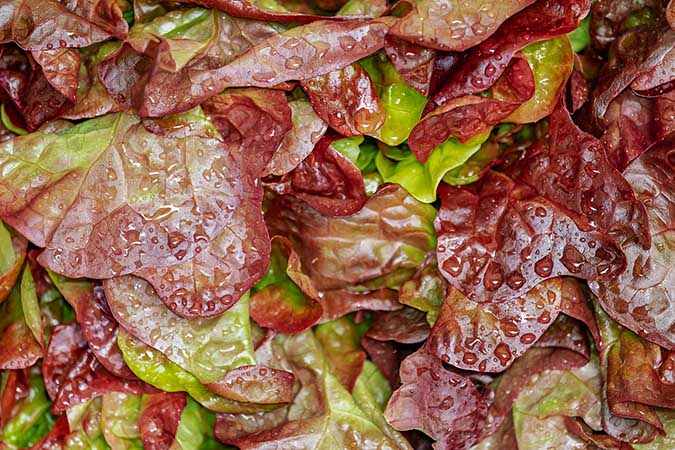
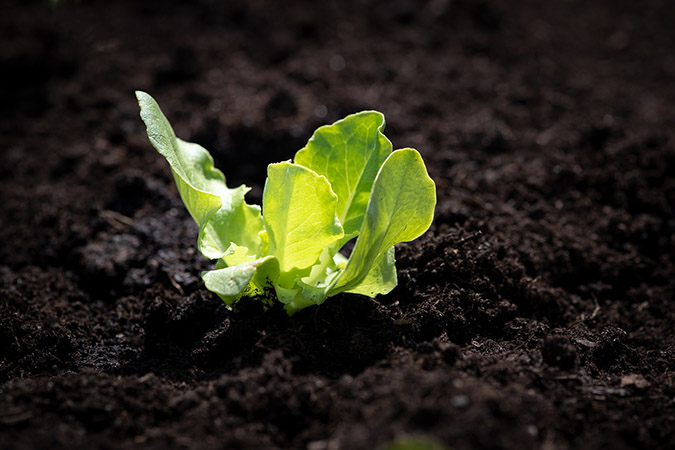
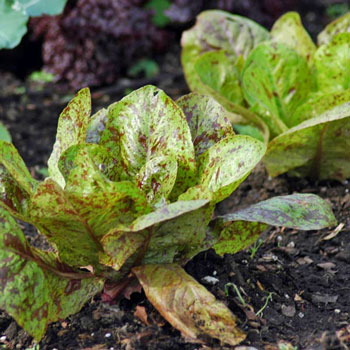







COMMENTS(15)
thanks marjory! will these methods–soaking esp–work for other salad veggies like mache and endive relatives?
-johanna
I live in north Arkansas and grow lettuce all summer. When it is hot, like in July and August is when I want lettuce to go with my tomatoes and cucumbers and I usually want a salad every day. To get it to sprout when it is 90 degrees and very sunny is simple. Just cover the area that seeds are planted with double corrugated cardboard for about 2 days till they germinate. While I have not looked in seed catalogs for heat resistant varieties, I have used black seed simpson, oak leaf, and butter crunch. My soil is not mulched but I do hand water often enough to keep them from dying. I try to plant a new little patch every 3 weeks.
Hey Jerome – Covering the soil with cardboard sounds like a pretty cool trick. Do you grow your summer lettuce in direct sun, or with some shade?
direct sun
Water with cold water (ice cubes in watering can) for a few days.
Thanks for the lettuce growing and how to germinate the seeds I would enjoy planting it except I can only grow them indoors would that work please advise. I would also like to find out how to germinate grape seeds as I have been saving some whenever I consume them I could put them in a pot and grow them inside and in the summer put them outside. Another thing that I would like to know is how to self pollinate the blossoms so that it would produce the fruits or peppers if that is what I am growing. I grew some peppers last year indoors they bloomed but no peppers. I guess I should have put them outside except for vandalism and people destroying plants and not lot of bees in the area makes it hard to do it. I would appreciate your comments, I know that this was about lettuce and I like them and growing my own would be more healthy than the modified franken foods at the grocery.
Farmers now water lettuce and other vegetables with untreated sewage and whatever is in it – which is potentially deadly. I searched for farmers who don’t do this, and found none.
Where do you live? In the US, people have been using recaptured water – not raw sewage – for 40 years, mainly in the dry states. It’s rigorously tested and there’s never been an issue traced to it – unlike the impact of keeping livestock near running water, which is a recurring nightmare. Raw sewage for watering with no testing has become a big issue in developing countries, however. I’d love to have a home that’s fully self-sufficient, including waste management so we don’t have all this mass sewage to cope with, but we’re only edging into it so slowly.
Randolf, I grow some things indoors, because night temperatures in the summer are around 40 degrees. So to have tomatoes, I have to grow them indoors. Most anything you grow indoors, needs help with pollination, because there are no bees or insects available to those plants to cross pollinate the blossoms. Nor is there any wind to blow the pollen. Every day or two, I use a dry kids paint brush, (like they use for watercolors, and tickle each blossom very gently. This spreads the pollen without the bees. I suspect that is exactly why your plants do not make fruit. Just brush the center of each blossom and go to the next one, without much motion. (so you don’t lose the pollen. ) I do not wash that brush until the end of the season. Store it in a clean jar for the next day. I have peppers and tomatoes by the loads. Nobody told me this. But I figured it out for myself. Happy Harvest!
Love the paint brush info thank you
I live in Arizona. I grow my lettuce in the shade in the summer. I can harvest it all summer.
Life long gardener here, but do enjoy reading the comments of other gardeners. Ohio is a great gardening state!
Hi Pauline, Me too! I love reading the comments from others who have a lot of experience. There is always to much to learn, and in some cases – to remember! LOL
It is real discouraging to have to throw out a newly purchased package of romaine lettuce because of possible contamination. Money wasted. So I ordered lettuce seeds today.
During the heat of the summer, plant your lettuce under the shade of taller plants in your vegetable garden, or find alternative places to plant, such as a shady side garden.